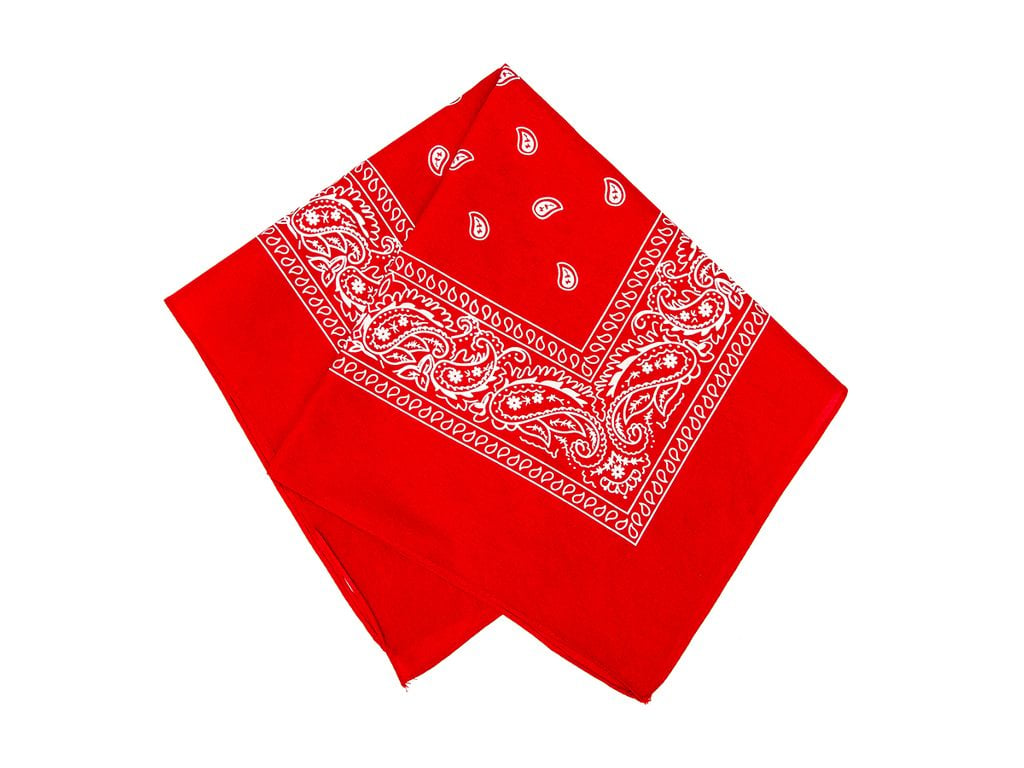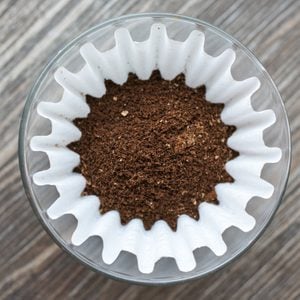How to Make a DIY Face Mask—No Sewing Required!

If you've got a bandana, a coffee filter and hair ties, you've got everything you need to create your own non-medical DIY face mask.
According to the latest recommendations from government medical agencies, it’s highly recommended—and in some instances, mandatory—to wear a face mask that covers your nose and mouth when you’re in public. This includes going to the grocery store or pharmacy, riding public transit or any other time you’re not able to maintain the recommended social distancing of at least two metres. Doing so should help slow the spread of the novel coronavirus. (Here’s what you can do to reduce your risk of catching COVID-19 on public transit.) Luckily, creating your own DIY face mask out of a few ordinary household items couldn’t be easier.
All you need is a 20-by-20-inch cotton bandana or a tightly woven piece of cotton (a t-shirt, pillow case or tea towel can also be cut to size), two hair ties (or rubber bands), and a coffee filter. Simply follow the instructions in the video below to make your own.
What you’ll need to make a DIY face mask:
- Bandana or cotton fabric, approximately 20-by-20 inches
- Coffee filter (or piece of HEPA vacuum filter)
- 2 hair ties (or rubber bands or pieces of elastic)
Step-by-step instructions to make a DIY face mask:
- Fold the bandana in half.
- Fold the coffee filter in half and place in the centre of the folded bandana.
- Fold the bottom third of the bandana up, then fold the top third of the bandana down.
- Loop one hair tie around each end of the folded fabric. They should sit about 6 inches apart.
- Fold each end of the fabric in towards the centre and tuck them into each other.
- To put on the mask, loop the hair ties over your ears. Adjust the mask to make sure it covers your nose and mouth completely.
Helpful hints:
- To remove your DIY face mask, lift from the hair ties (or rubber bands). Avoid touching the fabric at the front of the mask. Discard the coffee filter after each use.
- Wash the bandana (or cotton fabric) with hot water and detergent. Allow to dry thoroughly.
- Remember to wear your DIY face mask every time you head to the grocery store—and don’t forget about physical distancing—to help slow the spread of coronavirus.
Now that you know how to make a DIY face mask, find out how to maintain social distancing as Canada reopens.






